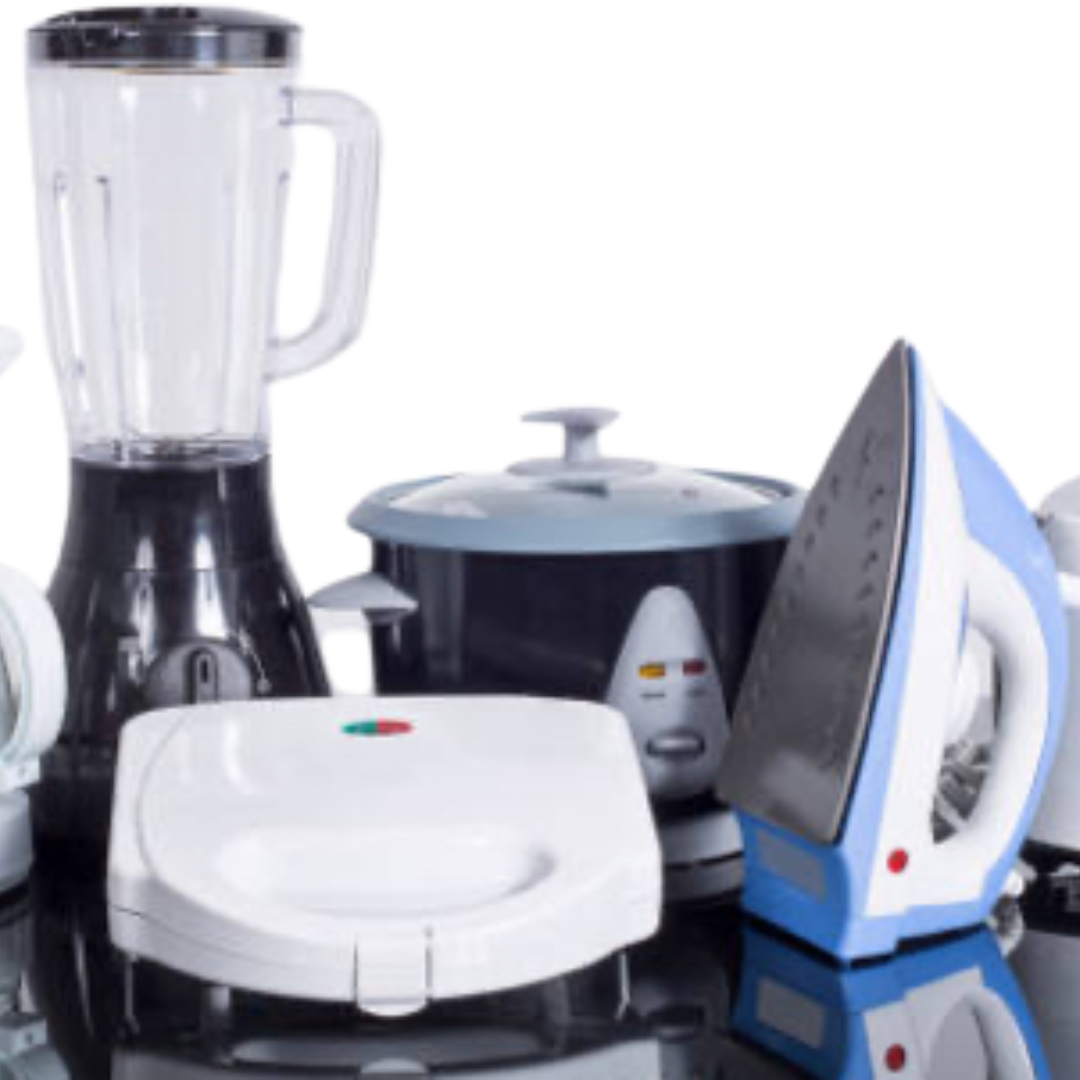Ever wondered what happens to your old electronics once you’ve handed them over for recycling? We tend to hear a lot about how important recycling is, but the process that electronics go through is less well-known. From smartphones to laptops, e-waste recycling involves several steps, each designed to ensure that valuable materials are recovered, and harmful substances are safely disposed of. But what really goes on behind the scenes?
1. Collection and Sorting
Once you drop off your electronic devices for e waste recycling Melbourne, the first thing that happens is collection and sorting. Recycling centres gather all types of electronic devices—from old mobile phones to large appliances like refrigerators. Sorting is a crucial step because not all electronics are treated the same way. Items are typically grouped by type, and this stage ensures that each item heads down the appropriate recycling path.
This step is important for several reasons:
- Different materials – Various electronics contain different materials, from plastics to precious metals.
- Hazardous components – Some devices have hazardous substances, like mercury or lead, that need special handling.
- Efficiency – Sorting helps recycling centres process the devices faster and more efficiently.
2. Dismantling
Once sorted, the dismantling phase begins. You may think of this as taking things apart piece by piece. Trained technicians carefully dismantle the devices, separating them into core components like plastic, glass, and metals.
This isn’t just for fun—it’s to make sure that each material can be processed correctly:
- Metals – Materials like copper, aluminium, and even gold are extracted for reuse.
- Glass – Screens and other glass parts are sorted and sent off for processing.
- Hazardous substances – Batteries and other potentially dangerous components are isolated to prevent contamination.
This manual dismantling step ensures the proper handling of each material before it heads to the next phase.
3. Shredding and Material Separation
After dismantling, comes the shredding and material separation stage. At this point, larger pieces of electronics are broken down into much smaller bits. The shredded material is then passed through various separation processes that sort the materials based on their properties. Here’s how it works:
- Magnets – Used to pull out ferrous metals, like steel.
- Eddy currents – This nifty process separates non-ferrous metals (like aluminium) from the pile.
- Water separation – Often used to separate glass from plastics.
These methods ensure that as much material as possible is recovered and that nothing valuable is wasted.
4. Recovery of Precious Metals
One of the most fascinating aspects of e-waste recycling is the recovery of precious metals. It’s surprising how much value is hidden inside your old electronics. Things like gold, silver, platinum, and copper are found in circuit boards and other components.
During this stage, these metals are extracted using chemical processes. Precious metal recovery isn’t just for profit; it’s about reducing the need for mining, which has a huge environmental impact. By recovering these metals, the recycling process reduces demand for raw material extraction and helps in resource conservation.
5. Proper Disposal of Hazardous Waste
Not all components of your electronics can be repurposed. Unfortunately, certain materials are harmful to both people and the environment, such as:
- Lead – Found in old TVs and computer monitors.
- Mercury – Present in some types of lightbulbs and batteries.
- Cadmium – A toxic metal often found in rechargeable batteries.
These substances can cause significant environmental damage if they end up in landfills. That’s why they’re carefully handled and disposed of according to strict regulations. This step is critical in preventing harmful chemicals from leaching into the soil or water.
6. Refurbishing and Reuse
Not everything in e-waste is junk! In fact, many devices or components can be refurbished and reused. After dismantling, some parts are still in good working condition. These components can be sold for reuse in new products or even used to repair other devices. This process extends the lifespan of materials and reduces the overall demand for new resources.
For example, your old computer’s hard drive could be cleaned and reused, or parts from your smartphone might get a second life in a refurbished device. This not only prevents waste but also provides more affordable options for consumers.
7. Final Disposal
After all the valuable materials are recovered and hazardous waste is safely disposed of, what’s left? Hopefully, not much. The goal of e-waste recycling is to minimise the amount that ends up in landfills. However, some materials, like certain plastics or broken components that cannot be recovered, do end up in disposal sites.
Even at this stage, recycling centres work to reduce waste as much as possible by compressing leftover materials and ensuring they occupy as little space as possible.
Why E-Waste Recycling Matters
Understanding what happens to your electronics during recycling can make you realise just how much effort goes into reducing electronic waste. When you recycle your electronics, you’re helping to:
- Conserve resources – Valuable metals and materials are reused instead of being mined.
- Reduce environmental impact – Proper handling prevents hazardous substances from polluting the environment.
- Promote sustainability – Reusing components and refurbishing devices helps reduce the demand for new products.
So, next time you’re about to throw away an old phone or computer, think twice. Recycling doesn’t just clear out your drawers—it helps keep the planet healthier too.



